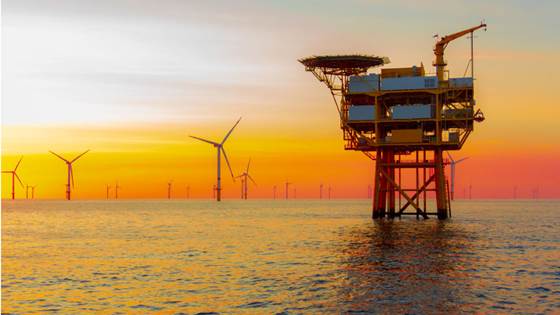
OFFLEX
This project considers the energy system of offshore oil and gas installations with the aim to contribute to reduced greenhouse gas emissions by using variable wind power together with flexibility in energy usage and energy storage.

This project considers the energy system of offshore oil and gas installations with the aim to contribute to reduced greenhouse gas emissions by using variable wind power together with flexibility in energy usage and energy storage.

With typical thermal efficiency of 70-80 % at nominal load, modern wood stoves often produce more heat than actually required, especially in well-insulated, low-energy buildings and passive houses. At the end of the combustion, the heat release...
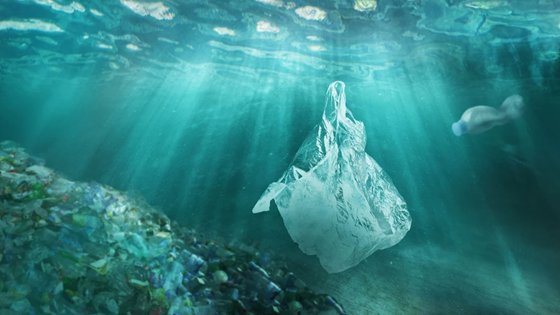
PLASTICENE will build new knowledge and address processes important for increased plastic circularity and effective plastic waste management with the aim of supporting improved plastic material utilization and protecting the environment from plastic...
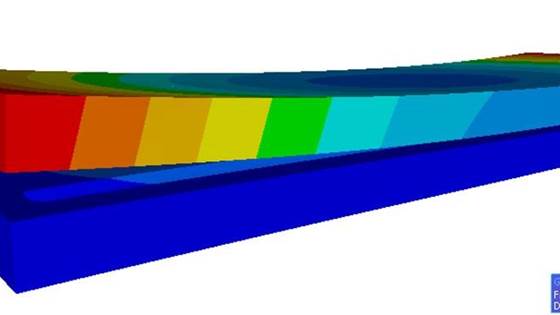
Automotive car makers increasingly use light-weight aluminium structures to reduce the environmental footprint of cars during life-of-use (lower energy consumption) and to allow for the heavy batteries used in electric vehicles.

The project delivers a 5G cyber-range platform empowered with tools for risk assessment, attack simulation, evaluation, and demonstration of defensive solutions for NGCC. The project includes a Norwegian mobile operator, authorities responsible for...
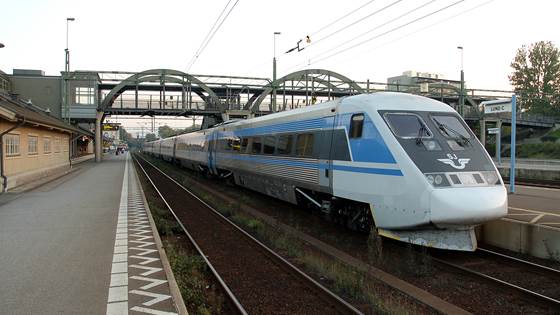
After gaining valuable experience on zero-emission rail solutions in Norway and collaborating with the USA, SINTEF partnered up with several Czech institutions to investigate the potential for zero-emission trains in Czechia.

Joints in high-voltage overhead lines are critical components that, if they fail, can lead to line breaks and power outages.

How can we handle organic waste at the Zero-Emission Farm at Mære in the most sustainable way?
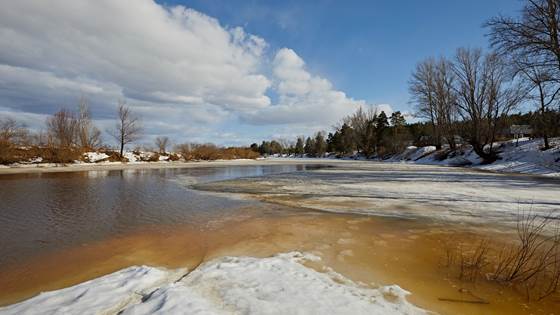
Every year, floods cause extensive damage to buildings, infrastructure and land areas, and this is expected to increase in a future where climate change leads to increased frequency and size of floods, especially in the form of flash floods as a...
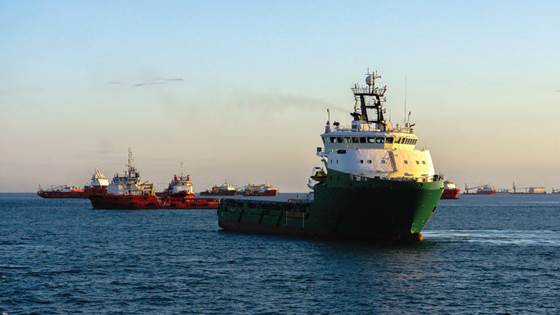
The International Maritime Organization (IMO) targets 50% lower annual greenhouse gas (GHG) emissions from maritime transport by 2050 compared to 2008, and even pursues efforts towards phasing them out entirely. The challenge is to substantially...
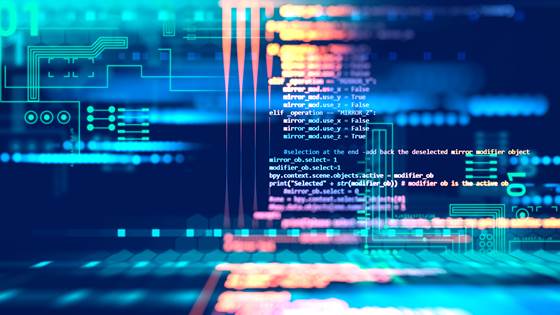
The digitalisation of our society's service systems has fundamentally changed the way services are delivered to, and experienced by, humans. The overall goal is to increase the quality of services and support the successful digitalisation of services...
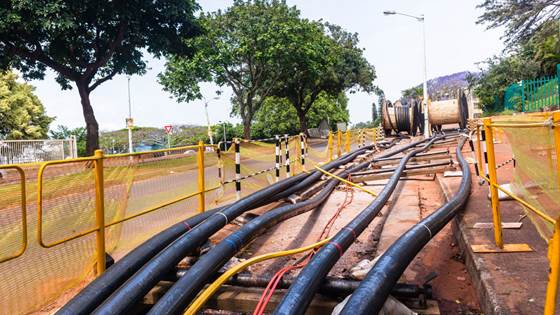
Power transmission is today facilitated by underground cables and overhead lines. For long distances or high power transmission, extra high voltages are normally used. The highest voltage level in Norway is 420 000 volts which is almost 2000 times...
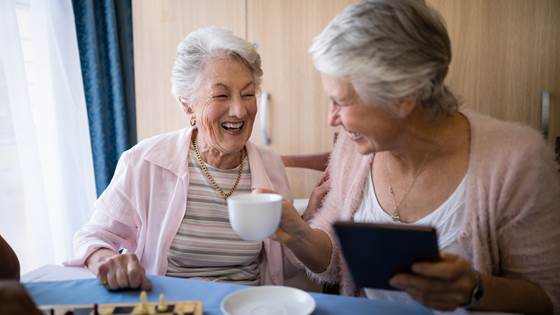
The main aim of SMILE is to create SMart Inclusive Living Environments (SLE) with novel eHealth solutions that enable ageing in place. Specifically, the SLE ecosystem will provide an infrastructure, that not only supports older people to live...

European consortium to standardise fuel cell modules for heavy duty applications: the “StasHH mission”
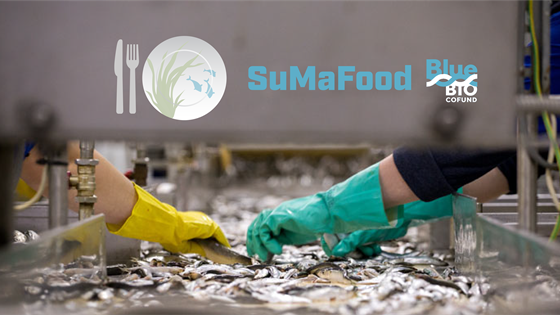
Reducing waste in the seafood value chain. SuMaFood intends to reduce food waste and increase the productive use of marine biomass by devising innovative methods of processing and preservation, and developing ingredients that will serve as the basis...
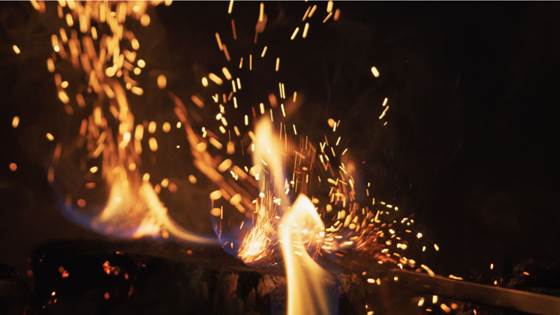
Sustainable wood stoves through stove, building integration and value chain optimisation
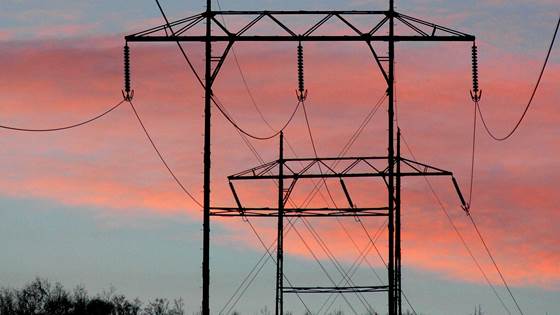
The energy grid is changing, and in the coming years, large sums will be invested to fully electrify society.
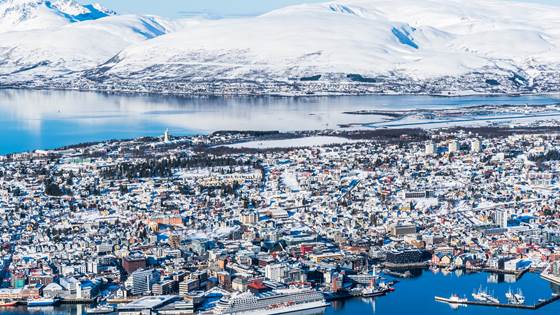
The primary objective of the project is to train future stakeholders of Smart and Sustainable Cities to work with urban socioenvironmental interactions in the era of climate change.